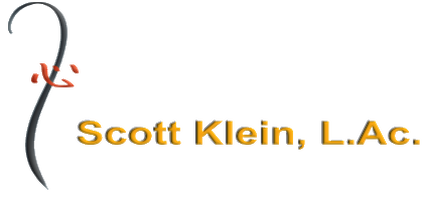|
The Dalles
in the Rose Bldg 119 E. 2nd #207 The Dalles OR 97058 541-716-1717 Hours: By Appointment: The Dalles Appointments are available on Monday, Wednesday and Friday 8:30am-5pm House/Office Calls Available within 45 miles of The Dalles, Transportation fees apply to a single location Call/Text/email to schedule your The Dalles appointment:
email: [email protected] |
|
